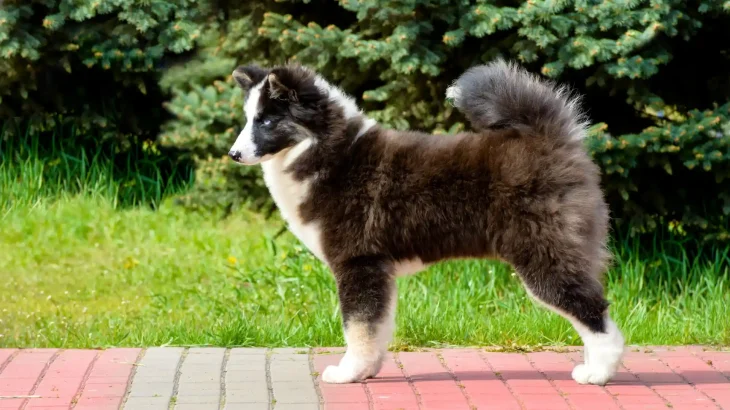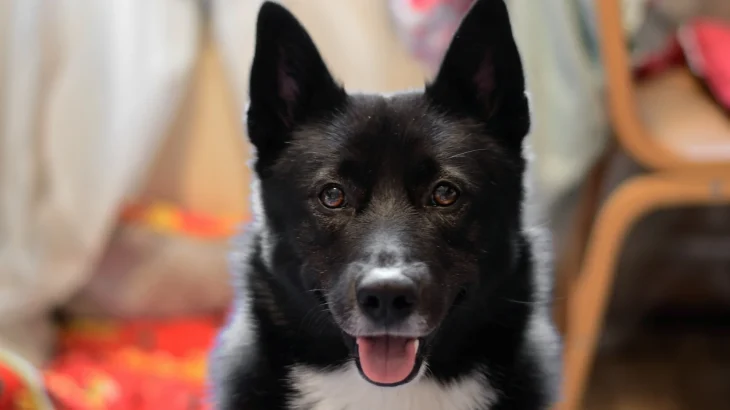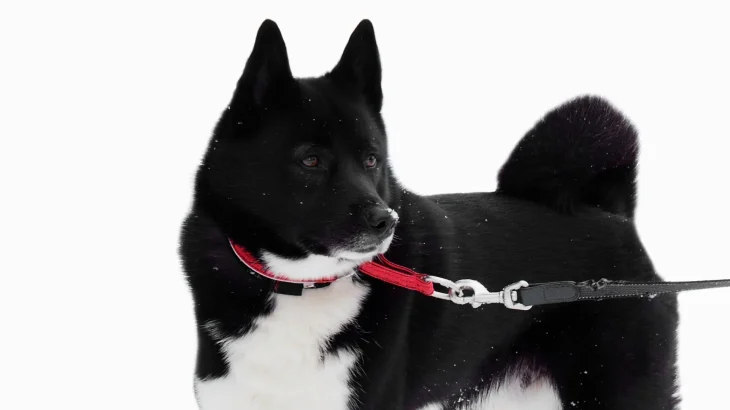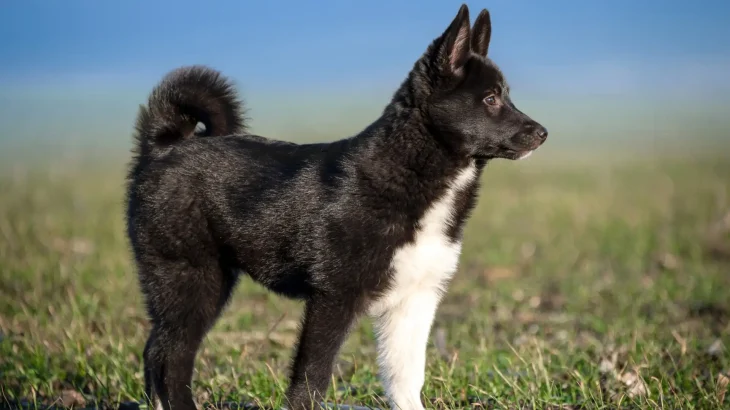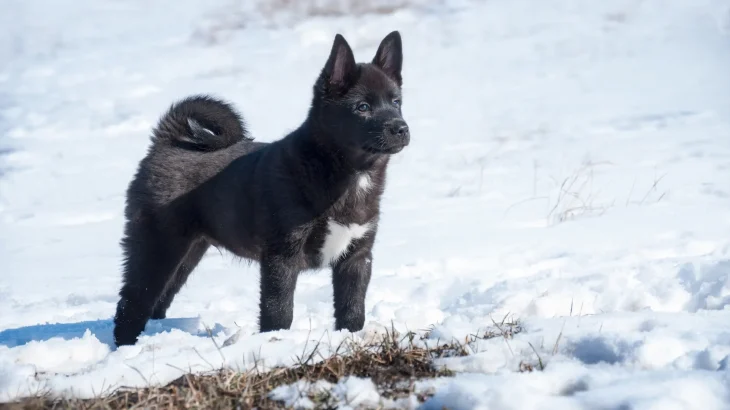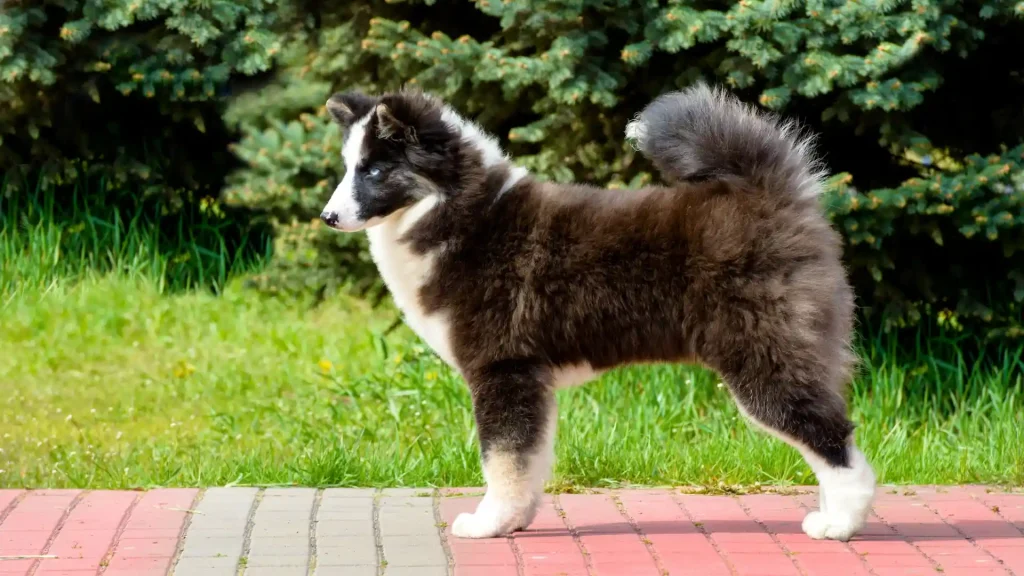Deciding between adopting or purchasing a Russo-European Laika puppy depends on what matters most to you: whether you want a dog with a known lineage and health background or wish to give a home to a dog in need. Each choice has pros and cons regarding cost, health certainty, and ethics.
Here's a quick comparison:
| Criteria | Buying from Breeder | Adopting from Shelter/Rescue |
|---|---|---|
| Cost | Usually higher due to pedigree and purebred status. | Lower adoption fees, more budget-friendly. |
| Health History | Often comprehensive health and genetic info provided. | Health info may be limited; shelter care basics typically provided. |
| Age | Primarily puppies, allowing early bonding and training. | Wide age range, from puppies to seniors. |
| Temperament Insight | Breeders can share traits tied to lineage and socialization. | Based on shelter or foster assessments; past may be unknown. |
| Ethical Considerations | Supports responsible breeding if done correctly; beware unethical breeders. | Helps reduce shelter overpopulation and gives a dog a second chance. |
| Breed Purity & Pedigree | Clear documentation supporting purebred status. | Often mixed or undocumented breed with less focus on pedigree. |

